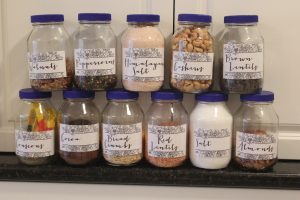Do you know the best ways to store the food you buy? Planning what you’ll make with what you’ve bought reduces food waste. Appropriate storage is part of this, too. I didn’t really know which fruit and vegetables went into the fridge or not so years ago I researched the best way to store food.
- Here’s the basic food storage list. We live in a country with very hot, dry summers, so our storage needs will be different from cooler areas. Consider your climate and make adjustments according to the seasons, too.
- Onions shouldn’t be stored in the fridge, nor should avocados, peaches and other stonefruit and melons until they ripen. Once I’ve cut an avocado I wrap the remaining half with the stone still in it in a large silicone wrapper. There’s some clever reusable capsules available for storing cut avocados but I haven’t tried them .
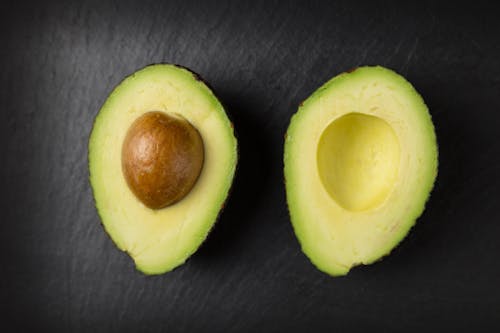

- Eggs, carrots, apples and oranges should go in the fridge. The problem here for me is I like the apples and oranges in a fruit bowl where I can see them. I only buy a few at a time so they’re eaten fresh. Garlic should also be kept in the fridge. All berries go in the fridge, too.
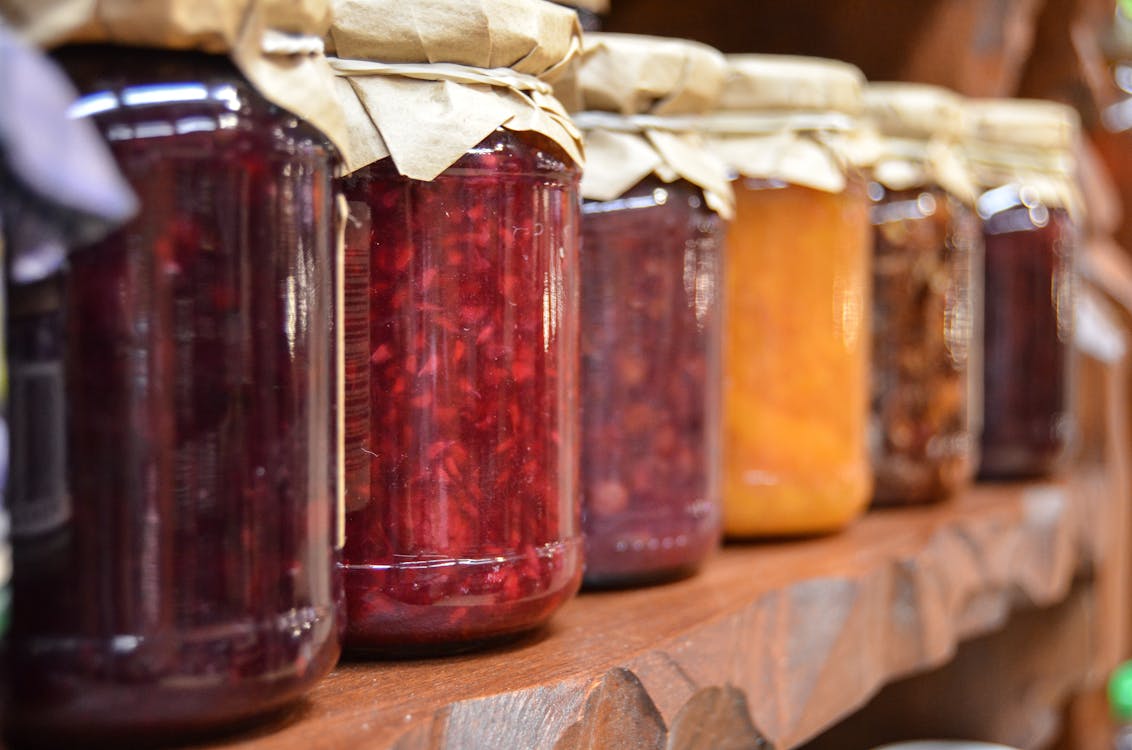

- Once you’ve opened tomato sauce it should also be stored in the fridge to limit bacteria and mold developing. Same with opened jams, chutneys, mustards and tomato paste. Leftover tomato paste can be frozen in icecube trays then popped into containers and the individual cubes can be quickly thawed when required.
- Bread is one of the most wasted foods in many houses. It should be stored in the fridge. It is easy to remove as much as you’ll use in a day and store the rest in the freezer. It takes us ages to use a loaf, so I freeze it and remove a few slices when needed. The more you put in your freezer the more effectively it keeps things frozen. Before you throw leftover bread in the bin, consider making breadcrumbs or croutons which will keep for ages, or a bread and butter pudding.
- Leafy greens ( lettuce, cabbage, Brussel sprouts, cauliflower, celery, spinach) should go in the fridge. Years ago I bought (from Tupperware) a celery keeper and a lettuce keeper. Both work really well. Fresh peas and beans, in the fridge too, and beetroot. None of these should be kept for more than a few days. Leftovers make great vegetable soup, risotto or fritattas. Add leftover herbs, too.
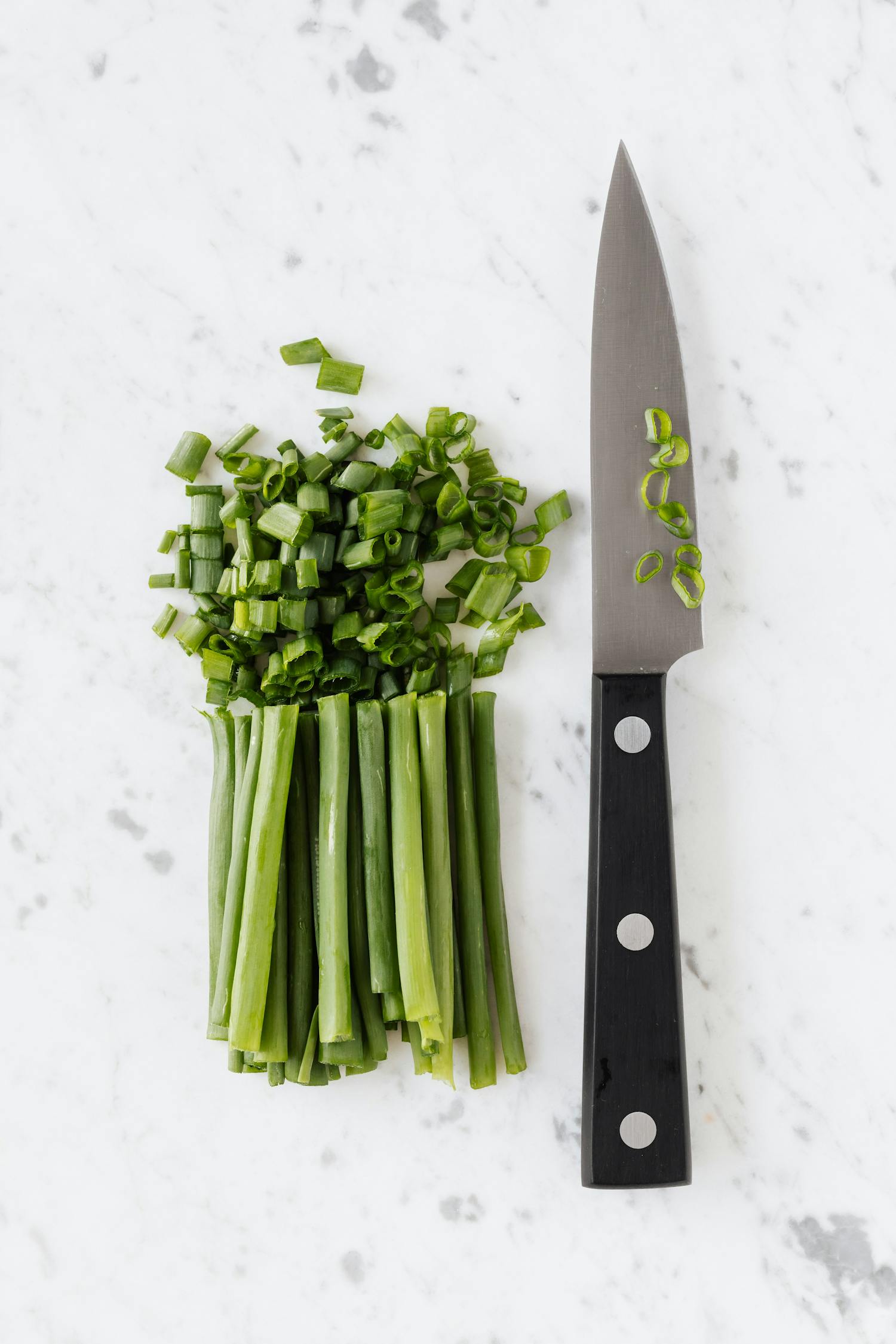

- Fresh herbs are tricky to keep fresh! Most can be stored in the fridge for two days but you can also put them in a glass of water and they stay fresher long. If you have room, pot up the herbs you use most often and they’ll always be fresh.


- Potatoes should be stored in cardboard boxes, wicker trays, or lined drawers, not in plastic and not in the fridge.
There’s so much information online about safe food storage which will help reduce food wastage.
Apart from fresh produce most of us have an array of dried produce stored. I like clear containers so I can see what I have and what needs topping up. For years my favourite canisters have been recycled glass jars. They are a good size, I can see what’s in them and they fit and stack well on the shelf in the pantry. I can wash them in the dishwasher and they’re not so heavy I can’t grab one in one hand in a hurry.
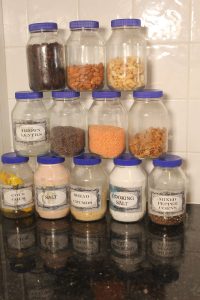

After many years of constant use the labels have become tatty. Went searching for new labels online. I wanted an attractively shaped label with an outline. The design needed to be editable so I could add my own ingredient list as so many of the ones I saw listed things I’d never need.
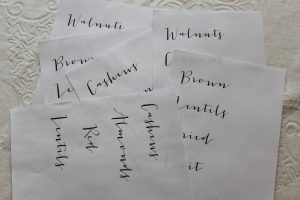

My first choice was just written food names with no borders. Not what I thought I wanted but they do look fresh and clean. Printed them off and set about transferring them to packing tape to transfer onto the glass. I taped each onto packing tape, burnished each with a soup spoon and dropped them into the water bath, just as directed.
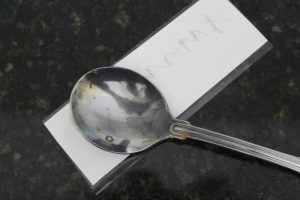

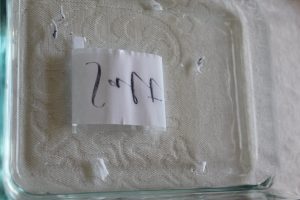

That’s when things went wrong. Was I using the wrong sort of packing tape, didn’t I leave the labels in water long enough? Instead of print staying on the tape when I rubbed off the wet paper, everything came off! After many attempts I accepted the stickers weren’t working, so just wrote the ingredients on tape and stuck it on the jar.
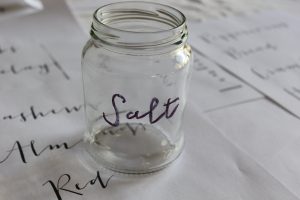

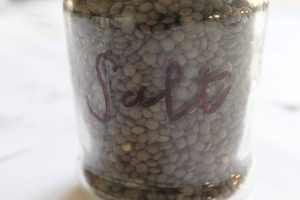

Problem number two: I couldn’t read the label on the jar once I put something dark, like peppercorns or brown lentils, in it! New plan involved printing a new set of labels and photocopying a drawing which I cut in half. Then I glued the food label in the middle. Looked too big, trimmed some off the top and bottom of the image then it looked fine.
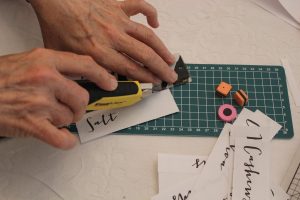

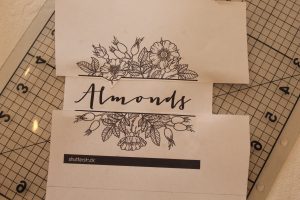

Floral image from Shutterstock.
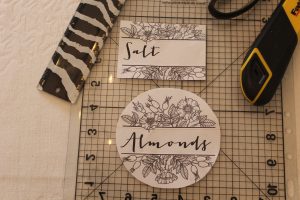

Fiddled about for ages trying to decide on the size I wanted and whether they should have a border.
Meanwhile, I emptied the jars and washed and dried them in the dishwasher. The lids went outside on a tray. It was 38ºC so they dried quickly. Then, labels attached with a rectangle of Contact, ingredients poured in and all back on the shelves in the pantry. Not what I imagined but they do look fresh and clean.
